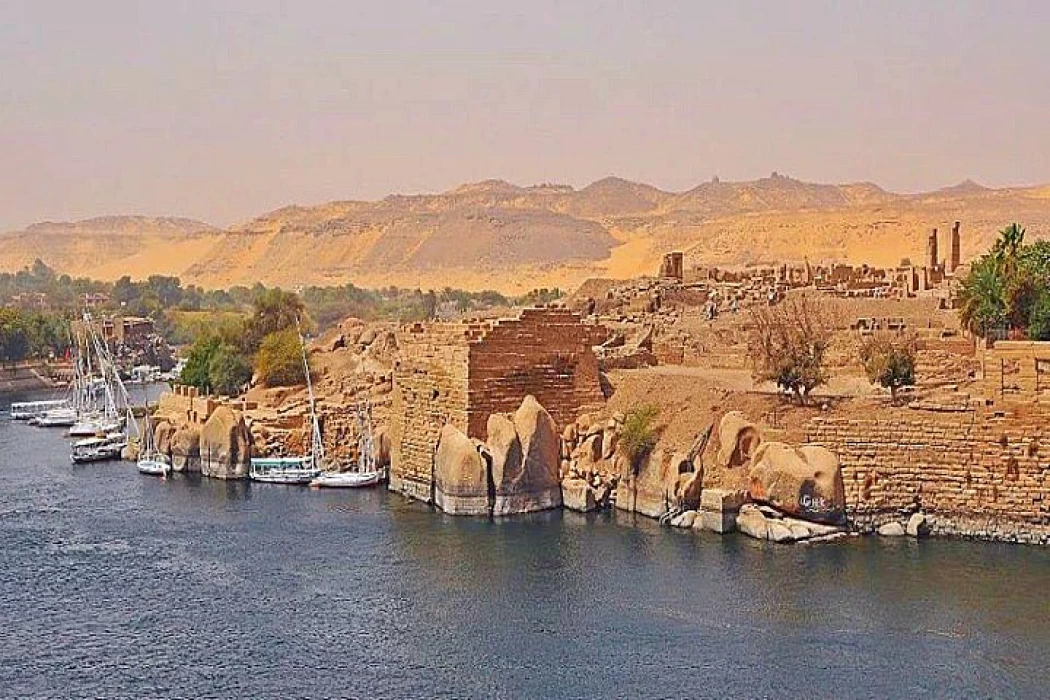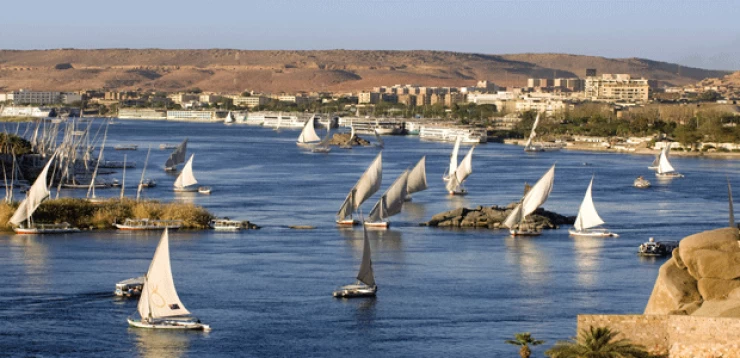
Elephantine Island: A Historical Trading Hub and Cultural Gem
The name Elephantine Island comes from the shape of the granite rocks in the south of the island that look like the backs of elephants, and Elephantine Island consists of a thick layer of highly fertile Nile silt formed and stabilized over thousands of years, and below it are granite rocks like all Aswan islands,” he emphasized. The island was known in ancient Egyptian texts as (Abu), meaning (elephant), considering that this island was an important port for receiving African ivory extracted from the tusk of elephants, and then turned in the Greek language to the word (Elephantine) elephas meaning (elephant tooth ivory),you can learn more at Egypt Travel Guide.
He explained that the people of Aswan Island, like all residents of the Nubian islands and the village of West Aswan, are Nubian treasures, treasures and fadiga, which are the main component of the people of Nubia in Egypt, and between them in ancient Nubia were the villages of the Arabs, namely Al-Maliki, Al-Sangari, Shaterma, Al-Warouk and Wadi Al-Arab, and the people of Elephantine Island are known for their love of science and education and are known for their sophistication, calm, good manners and family, and they possess all the qualities of good village people as well as good city people. You can visit the island through Egypt Travel Package. He pointed out that the island is a real pleasure in which the visitor enjoys greeting the children he meets, and we see women sitting dignifiedly on the terraces of their homes, and the tour is conducted without any disturbance of any kind, explaining that the island consists of several parts, including the archaeological part in the south of the island, then the tribal resort, followed by a forest of mango trees, date palms and acacia trees with multiple benefits, and then the marine resort.















